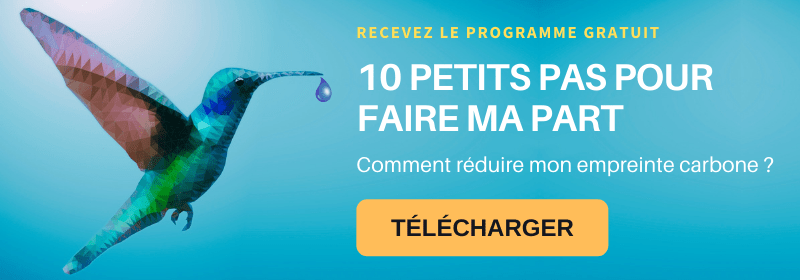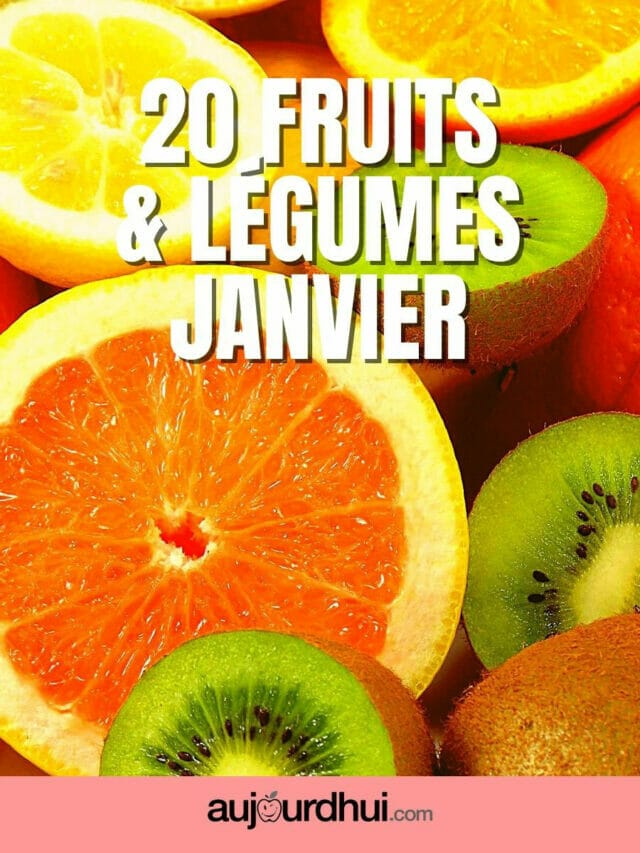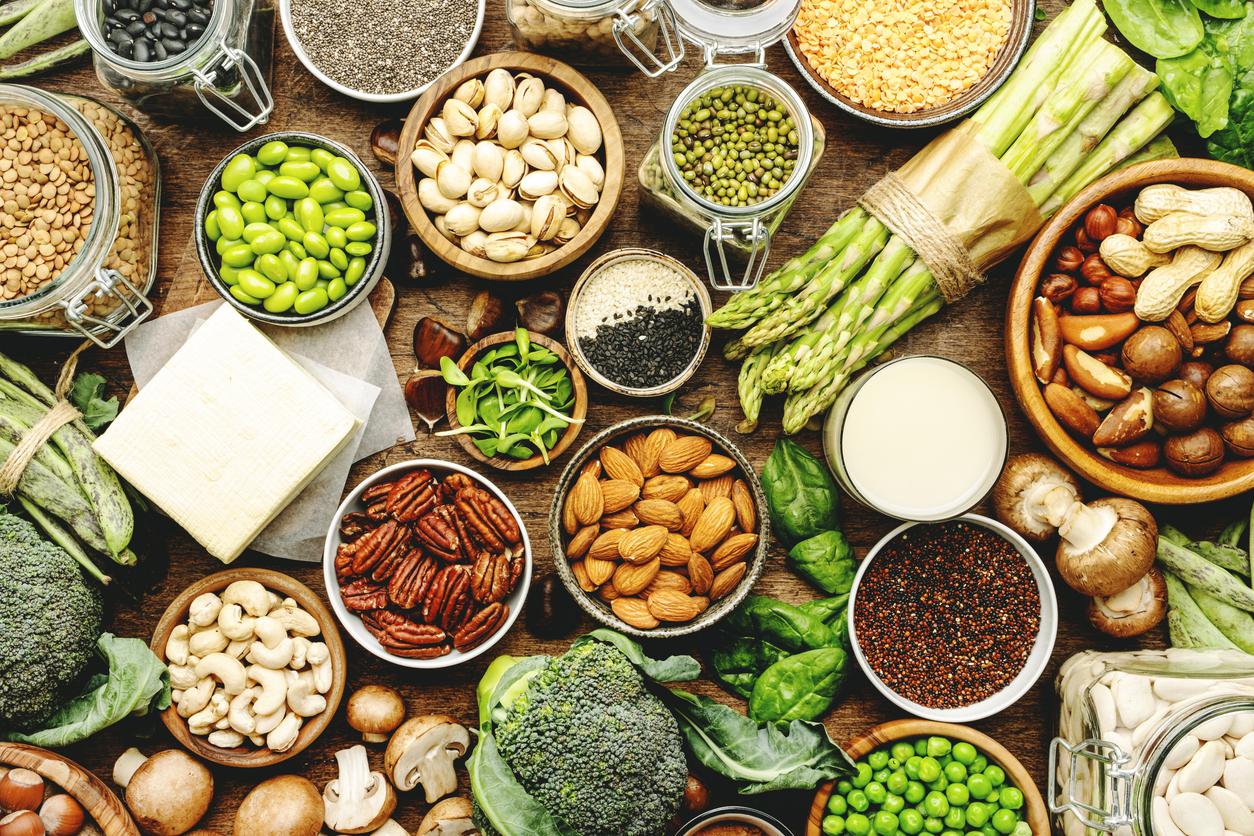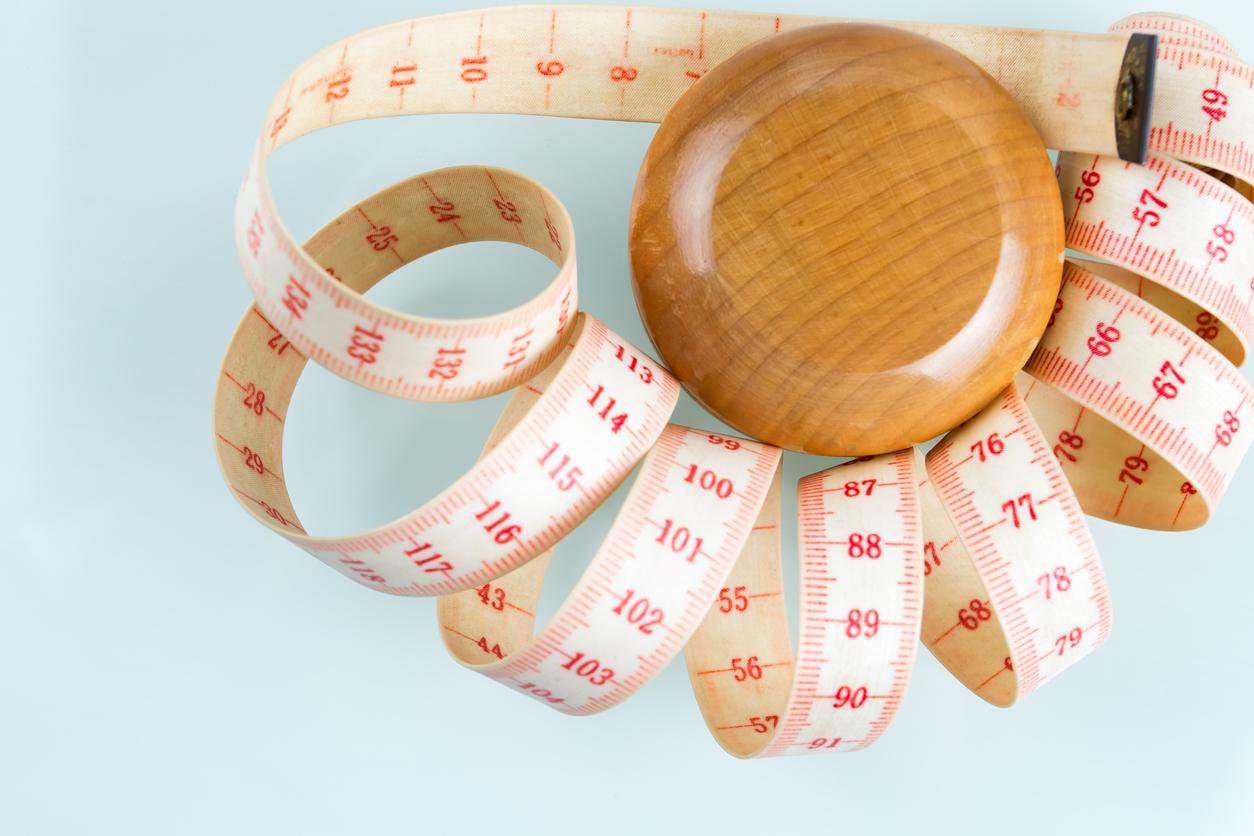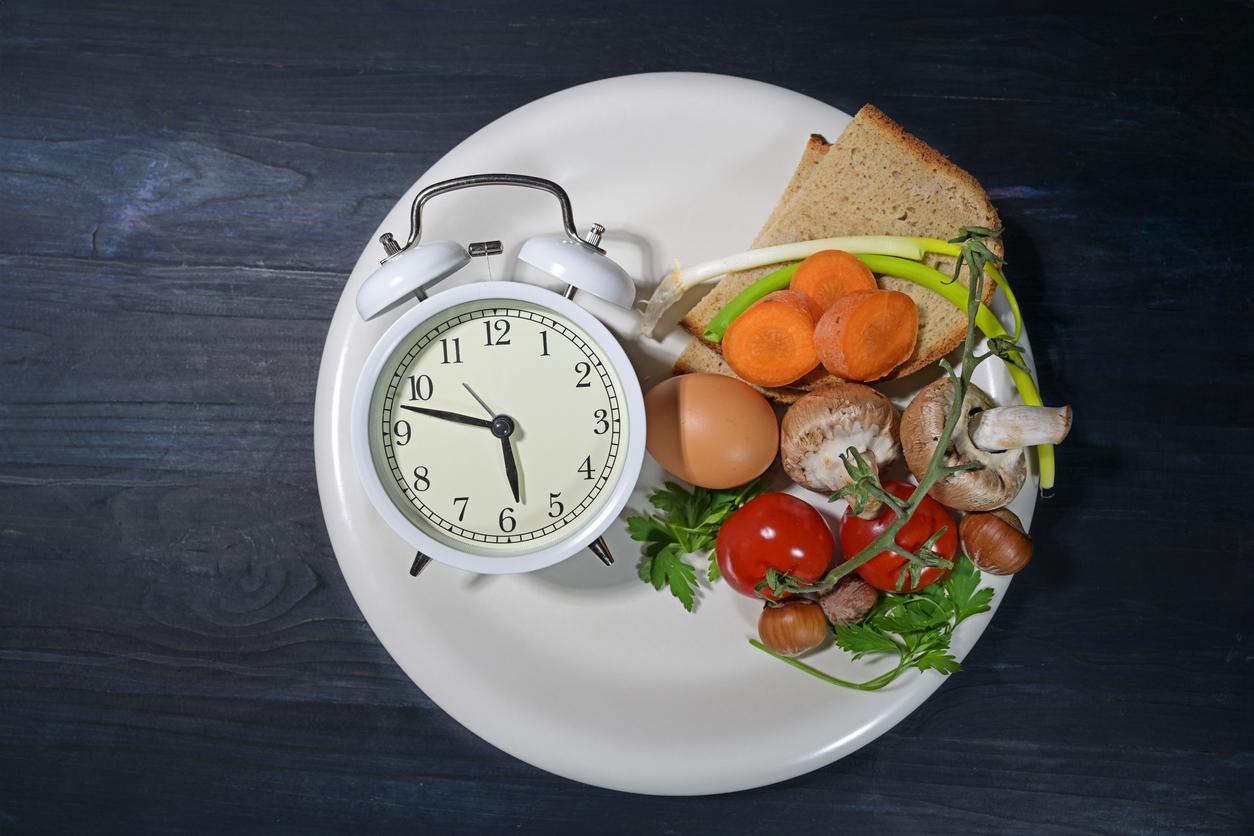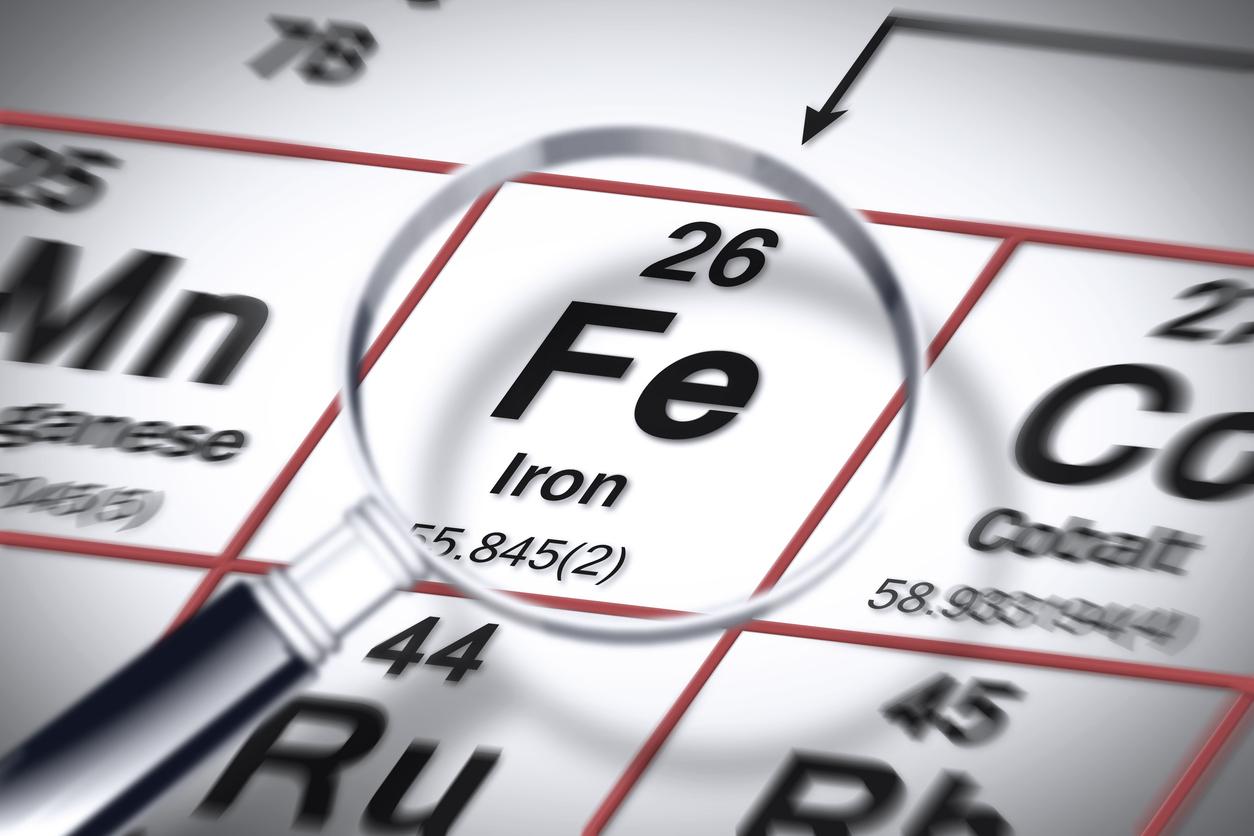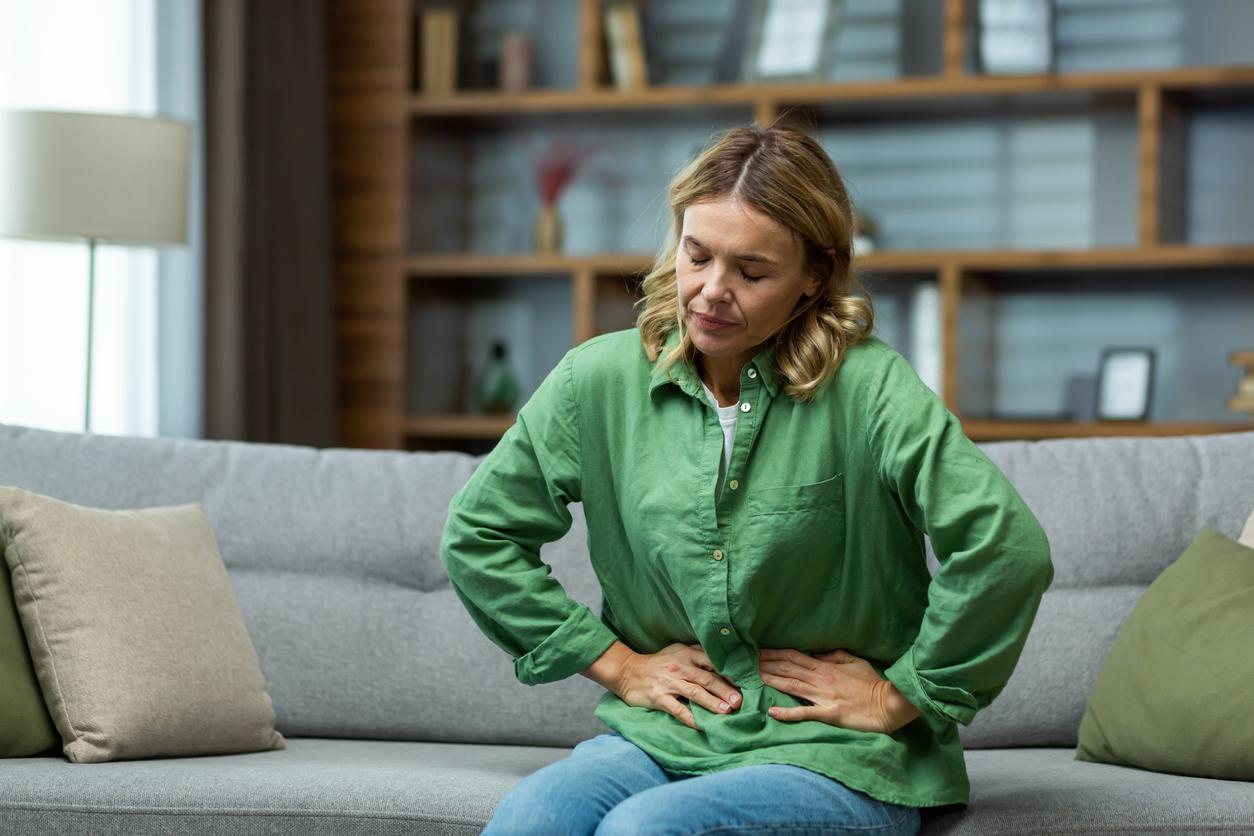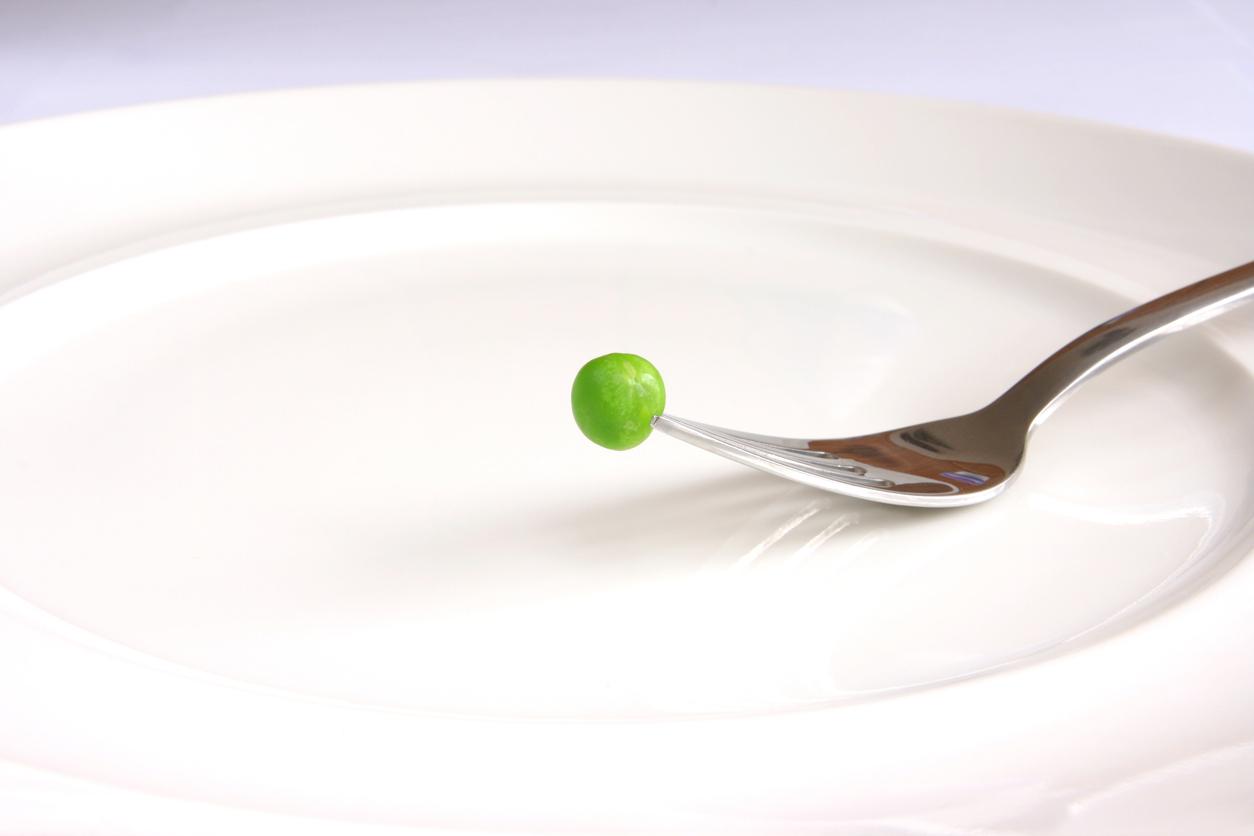Iron, what is it for?
Iron allows the transport in the blood and the use of the oxygen we breathe. A key role! That’s why a lack of iron never goes unnoticed. “People who are deficient feel overall fatigue, both physical – sometimes with shortness of breath – and mental, says Marjorie Crémadès, dietician. maintenance of immunity, patients who lack it are more likely to be ill, to chain colds… “
If in doubt, the attending physician prescribes a dosage of ferritin, to detect the deficiency, or even hemoglobin, to ensure that the stage of anemia has not been reached. “In this case, the symptoms are increased. The heart rate can also accelerate” specifies Dr. Chevallier, nutritionist. Faced with the lack of iron, however, we are not all equal. Some profiles are more subject to it.
Iron deficiency: who is at risk?
“An unbalanced vegetarian and vegan diet – I insist on this point! – is the first cause of iron deficiency in my patients, indicates the dietician. But it also happens that “omnivores” are anemic.”
Apart from a particular pathology, exposure to a possible lack of iron depends on the overall diet, but other parameters must be taken into account. Certain physiological situations, such as growth or pregnancy, are periods of greater risk, as iron requirements are increased. “Women with heavy periods are more prone to iron deficiency than postmenopausal women, says our expert. Athletes also need more iron.”
Genetic polymorphism is also to be considered. “Some people make little DMT 1, a key protein in iron metabolism. They will have more difficulty assimilating iron” underlines the dietician. If one of these factors is combined with a diet excluding – or almost – animal products, the risk of iron deficiency is increased, iron being less well assimilated by the body in its vegetable form.
Non-heme iron is less well assimilated
In food, iron is in fact present in two forms: heme, of animal origin (meat, fish, offal, seafood, etc.) and non-heme (or “metallic”), from plants (legumes, seaweed…). “Only 5% of non-heme iron is absorbed by the body, indicates the nutritionist, with nevertheless possible variations depending on the iron reserve. The matrix of meat or fish allows better absorption of iron: up to at 25%. Note that there may be physiological adaptations. In pregnant women, for example, iron – whatever its source – is absorbed more.” To be transformed into absorbable iron, vegetable iron must undergo a chemical transformation in the stomach. It is nevertheless possible to boost its rate of assimilation by adopting some reflexes, essential in the event of vegetarianism or veganism.
Iron: how to prevent deficiencies?
“Consuming natural vitamin C – lemon juice, fresh fruit, raw vegetables … – improves the assimilation of non-heme iron, specifies Dr. Chevallier. At the same time, it is also necessary to limit products such as coffee and tea: these are iron chelators, they reduce iron absorption.
When our menus contain little or no food of animal origin, the first instinct is to systematically include products with a high content of non-heme iron. “Foods rich in vegetable proteins generally contain a lot of it, underlines Marjorie Crémadès. By consuming legumes for lunch and dinner, we will naturally increase our intake of vegetable iron.” Other plants are also full of it. This is particularly the case with dehydrated seaweed: aonori, sea lettuce, wakame or even dulse are champions of vegetable iron. We sprinkle them, for example, in the form of flakes (organic “fisherman’s salad” mix) on our raw vegetables, steamed fish, sautéed vegetables.
Similarly, most dehydrated aromatic herbs – thyme in the lead – are concentrated in non-heme iron. Basil, mint, marjoram, bay leaf, parsley, savory, oregano. .. are to be sprinkled at will in vegetable recipes, to which they bring an additional flavor. On the spice side, turmeric and cumin seeds hold the palm of the vegetable iron content. Unsweetened cocoa powder also contains a good amount. Eating all of these foods helps prevent iron deficiency. But, in some cases, supplementation may be necessary.
How is the supplementation going?
“To young women – vegetarians or not – who have heavy periods, I recommend supplementation with soft iron at the time of menstruation, to prevent a possible deficiency, indicates the dietician. A small dose of 15 to 20 mg per day is enough. To my postmenopausal patients whose analyzes have revealed a low iron level, I will rather give dietary advice. This generally helps to avoid a deficiency. On the other hand, in the event of proven anemia, iron supplementation of the Tardyferon® or Fumafer® must be prescribed by the doctor.”
Depending on the form ingested and the dosage, iron supplementation can cause digestive disorders such as constipation. “Iron bisglycinate – which is a “soft” iron – is better tolerated and well assimilated. But it is not reimbursed and is low dosed, specifies the nutritionist doctor. Overall, there is little risk of overdose if the “we consume food supplements containing iron, he reassures. Unless, of course, they are consumed in very large quantities. On the other hand, it is necessary to ensure that the supplement does not contain E171, dioxide of titanium. It is considered to be “at risk” and banned at European level in the food sector, but not yet in that of medicines. The nanoparticle form of E 171 can cross physiological barriers, it is preferable to to avoid.” So we open our eyes in parapharmacy!
>> What about spirulina? With its 81 mg of vegetable iron per 100 g, this freshwater algae can be an interesting option to prevent deficiencies. “Spirulina also contains plenty of other beneficial micronutrients, underlines Marjorie Crémadès.
Our Experts:
- Marjorie Crémades, dietitian, vegetable food specialiste
- Dr Laurent Chavellier, nutritionist



